Latest News
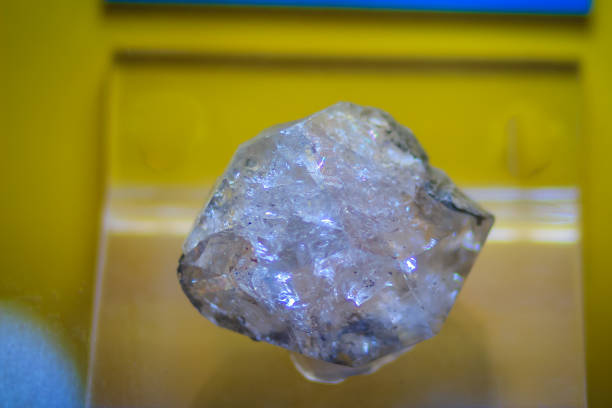 Revolutionizing Water Treatment: Anionic Emulsion Polyacrylamide's Role in Purification
2024-04-26
Revolutionizing Water Treatment: Anionic Emulsion Polyacrylamide's Role in Purification
2024-04-26
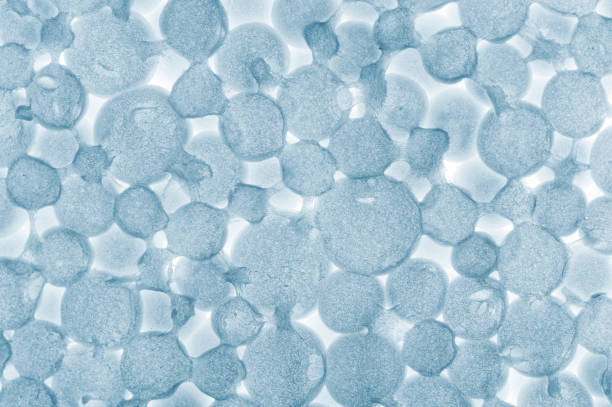 Understanding Anionic Emulsion Polyacrylamide
2024-04-08
Understanding Anionic Emulsion Polyacrylamide
2024-04-08
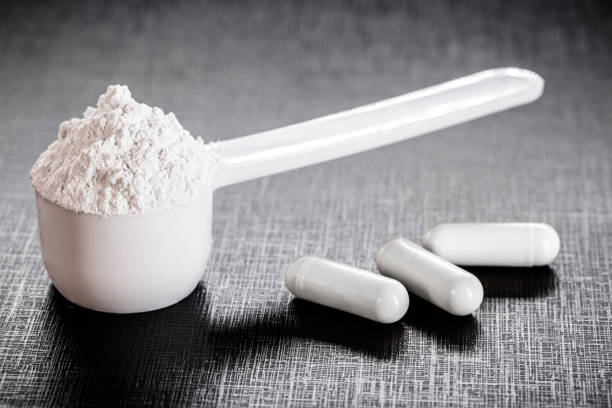 Enhancing Oil Recovery Processes with Powder Anionic Polyacrylamide
2024-03-27
Enhancing Oil Recovery Processes with Powder Anionic Polyacrylamide
2024-03-27
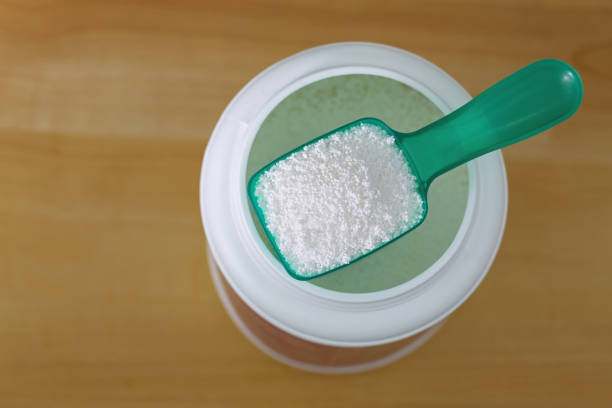 Impact of Powder Anionic Polyacrylamide in Enhancing Papermaking Processes
2024-03-25
Impact of Powder Anionic Polyacrylamide in Enhancing Papermaking Processes
2024-03-25
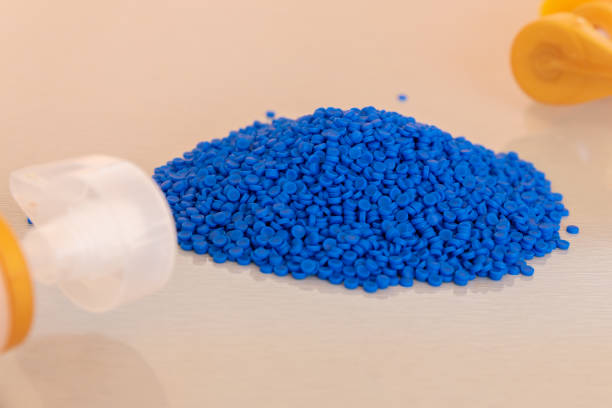 Navigating Environmental Stewardship: The Impact of Polycrylamide Emulsions
2024-03-23
Navigating Environmental Stewardship: The Impact of Polycrylamide Emulsions
2024-03-23
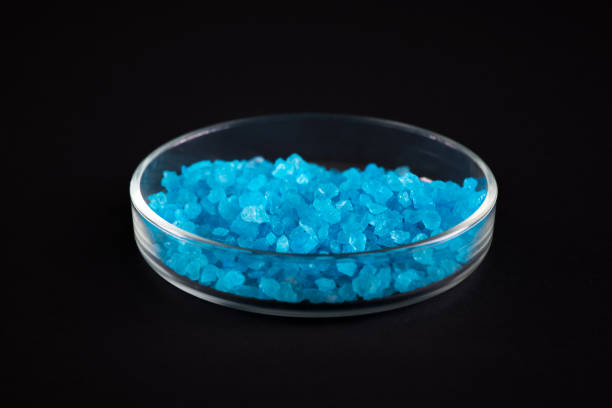 Finding the Perfect Compatibility: Polycrylamide Emulsions and Other Chemicals
2024-03-21
Finding the Perfect Compatibility: Polycrylamide Emulsions and Other Chemicals
2024-03-21
The sand washing plant uses polymeric organic high molecular substances, which can quickly separate and settle the slurry wastewater generated from sandfields, quarries, ore beneficiation in mines, and drilling, achieving the purpose of sludge separation and serving as a good sludge dewatering agent. The sand washing wastewater mainly contains fine mud particles. Depending on the nature of the washed stone powder or sandbag soil in the sand washing site, the wastewater generally appears as yellowish or slightly reddish in color. The suspended fine mud particles in industrial wastewater treatment are fine, making it difficult to separate into layers in a short period of time. Rapid clarification is needed by adding sand washing wastewater with polyacrylamide (flocculant).
Natural sedimentation. The sand washing wastewater contains a large amount of suspended sediment with a high specific gravity. Therefore, by allowing sufficient time for sedimentation, the wastewater can also be clarified. However, natural sedimentation has major drawbacks: it requires a large amount of water storage tanks, and it takes a long time for sedimentation, which is difficult to meet production needs and requires a large amount of land.
Addition of sand washing flocculant. The sand wash water is discharged from the sand washing machine, and then sand washing specific flocculant (polyacrylamide) is added for flocculation reaction. The reacted wastewater flows into the first sedimentation tank (generally, three sedimentation tanks are set up), and the flocculation reaction mainly occurs in the first sedimentation tank, where the slurry quickly settles, resulting in a larger amount of slurry. The wastewater in the third sedimentation tank is generally clear and mainly used for recycling.
The slurry in the sedimentation tank is pumped out by a slurry pump and enters the sludge thickener. In the thickener, polyacrylamide flocculant needs to be added again. After flocculation, the high-concentration slurry at the bottom is pumped out again and enters the sludge-water separation equipment. The slurry extracted from the thickener needs to be added with polyacrylamide flocculant for the third time, and then undergoes mud-water separation through a filter press. The effluent from the filter press enters the sedimentation tank, and the dry sludge is transported externally.
Sand washing polyacrylamide has a high molecular weight and is currently an effective and efficient water treatment flocculant in the field of industrial wastewater treatment. It requires less dosage and achieves rapid results, meeting the needs of sand washing wastewater treatment. The selection of the specific polyacrylamide model for sand washing wastewater treatment depends on the component of the wastewater quality and the local geological conditions. It needs to undergo small-scale experiments and large-scale trials to determine the most suitable polyacrylamide model and dosage.
When industrial wastewater may be discharged into the urban drainage pipe or directly into the water body, a decision should be made through a comparative analysis. In general, a comprehensive solution is often preferable, combining internal treatment and sending it to the city for treatment. Some wastewater can be recycled as materials or byproducts, while others can be treated separately with less technical complexity and lower costs. In this case, it is reasonable to carry out recycling or treatment within the factory or workshop, or even integrate it into the production process. The reduction of oxygen consumption in wastewater makes the combination of industrial wastewater treatment and domestic wastewater treatment generally more cost-effective. At the same time, moderate centralized treatment is easier to manage and ensure treatment effectiveness compared to extensive decentralized treatment. As for the removal of toxic, harmful substances, heavy metal ions, and biologically difficult-to-degrade hazardous organic substances, they can only be solved immediately at the production site to prevent the discharge of these wastewater and to reliably prevent environmental pollution.
